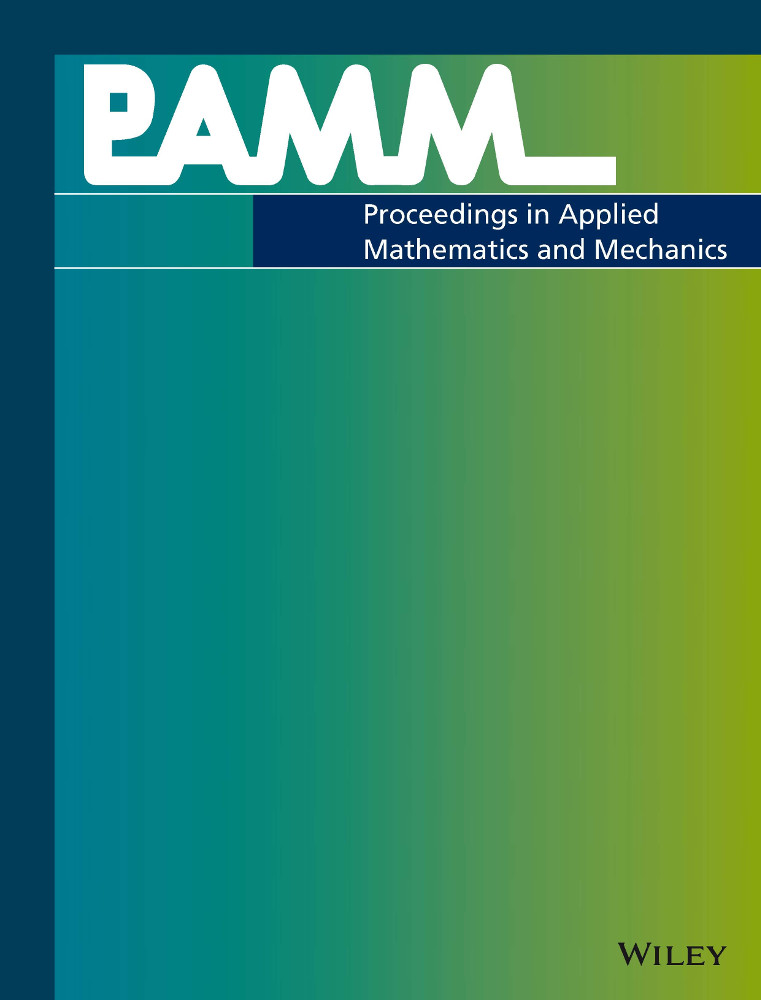Investigation of turbulent mixing using a stochastic hierarchical parcel swapping mixing model
Abstract
Turbulent mixing plays an important role in a variety of applications ranging from astrophysics to combustion and even pollutant dispersion. The Direct Numerical Simulation (DNS) that resolves all scales is not feasible for most engineering applications since the flow has a wide range of length and time scales, which yields extremely high resolution requirements. Large Eddy Simulations (LES) overcome this limitation by modeling the sub-grid scale effects. In transported Probability Density Function (PDF) methods, the key challenge is to develop an accurate mixing model. At this point, the Hierarchical Parcel-Swapping (HiPS) model, introduced by A.R. Kerstein [J. Stat. Phys. 153, 142-161 (2013)], is an attractive candidate. It is characterized by a computationally efficient representation of the effects of turbulence on a time-evolving structure of diffusive scalar fields. The interpretation of the diffusive scalar fields or a state space as a binary tree structure is an alternative approach compared to the most common mixing models. The characteristic feature of HiPS is that every level of the tree corresponds to a specific length and time scale, which is based on turbulence inertial range scaling. The state variables only reside at the base of the tree and are understood as fluid parcels. The effects of turbulent advection are represented by stochastic swaps of sub-trees at rates determined by prevailing turbulent time scales associated with the sub-trees. The mixing of adjacent fluid parcels is done either instantaneously or at rates consistent with the corresponding diffusion time scales. In this work, HiPS is detailed for the simulation of passive scalar mixing first. Preliminary results for the scalar power spectra, mean square displacement and scalar dissipation rate are shown and reveal a reasonable agreement with experimental findings. Furthermore, the integrated binary tree structure allows to satisfy a large number of criteria for a good mixing model. Considering the reduced order and computational efficiency, HiPS is an attractive candidate for modeling the mixing in transported PDF methods.




